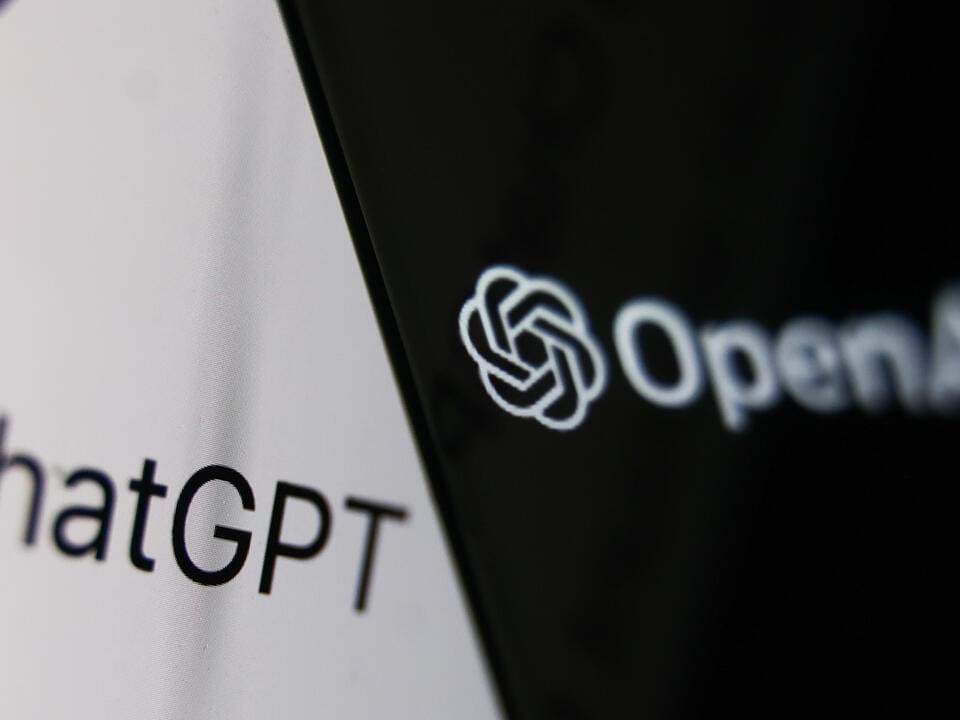It also turns out that we’re not especially good at figuring out if real people are humans, either.



As someone who never lived in the extreme northern latitudes of Earth, I always found it exciting when I heard auroras might be visible farther south. I would always crane my eyes skyward, hoping I could see those ghostly dancing lights, almost trying to wish them into existence. Alas, I was never that lucky. Though as we approach solar maximum in 2025, we ought not to only get excited about seeing auroras, but perhaps also ask: What could a powerful geomagnetic storm do to our technological infrastructure?
Geomagnetic storms can be triggered by either coronal mass ejections, giant bubbles of plasma erupting from the surface of the sun, or very powerful solar flares. It’s because these events can accelerate particles to extremely fast speeds. And when some of those particles hit the Earth’s magnetic field, this generates what we see as brilliant auroras — however, those particles can also damage satellite equipment and even harm astronauts in orbit.
A truly gigantic magnetic storm has not affected the Earth in well over one hundred years — and since then, technology has changed quite significantly. Satellite communications, air travel and the power grid have been brought into existence, and they all can be impacted by these events. Yet, scientists aren’t quite sure what, exactly, would happen to the integral technological components of society if a major solar storm shrouded Earth with charged particle showers.

Takeaways:
• A massive coronal hole, wider than 60 Earths, has opened up on the sun’s surface, releasing unusually fast solar wind towards Earth. This phenomenon is unprecedented at this stage of the solar cycle.
• The hole, which took shape near the sun’s equator on Dec. 2, reached its maximum width of around 497,000 miles within 24 hours. Since Dec. 4, it has been pointing directly at Earth.

A NEW Walmart center is equipped with robots, allowing for humans to work faster and alongside them, and resulting in faster deliveries.
Walmart has been testing out some new technology, granting a peek inside their newest warehouse location.
Based in Katy, Texas, the warehouse showcases some of the latest technology in the industry, allowing humans to work alongside some state of the art robots.

Takeaways:
• A sudden rise in respiratory ailments in China, particularly among children, has raised global concern. The Chinese Center for Disease Control and Prevention reported over 3,500 cases of respiratory infection, with Chinese media attributing the outbreak to mycoplasma pneumonia.
• The World Health Organization has been monitoring the situation since mid-October 2023 and has requested more information from China. As of November 24, no unusual or novel pathogens have been reported in the clusters of pneumonia cases.

WASHINGTON, Dec 5 (Reuters) — Hundreds of thousands of people worldwide are killed annually by malaria and other diseases spread through the bite of mosquitoes, insects that date back to the age of dinosaurs. All of these bites are inflicted by females, which possess specialized mouth anatomy that their male counterparts lack.
But it has not always been that way. Researchers said they have discovered the oldest-known fossils of mosquitoes — two males entombed in pieces of amber dating to 130 million years ago during the Cretaceous Period and found near the town of Hammana in Lebanon. To their surprise, the male mosquitoes possessed elongated piercing-sucking mouthparts seen now only in females.
“Clearly they were hematophagous,” meaning blood-eaters, said paleontologist Dany Azar of the Chinese Academy of Sciences’ Nanjing Institute of Geology and Paleontology and Lebanese University, lead author of the study published this week in the journal Current Biology. “So this discovery is a major one in the evolutionary history of mosquitoes.”

Two teams of astronomers led by scientists at Caltech, have discovered the largest reservoir of water ever detected in the universe. And it’s 30 billion trillion miles away.
Yep, you read that correctly. The largest reservoir has been found in the cosmos, more specifically in a quasar, which is one of the brightest and most violent objects in the cosmos.
The mass of water vapour is at least 140 trillion times more than all of the water in the world’s oceans combined.


A wave of health concern is sweeping across Europe, echoing similar patterns of pediatric pneumonia seen in China. This concern stems from the increasing prevalence of a rather understated yet potent bacterium – Mycoplasma pneumonia, known for causing “walking pneumonia,” particularly for children.
Mycoplasma pneumoniae is a unique bacterium with the capability of triggering a spectrum of respiratory infections, ranging from mild to severe pneumonia. This pathogen predominantly targets school-aged children, with Public Health France indicating it accounts for 30–50% of community-acquired pneumonia infections in this demographic.
Pneumonia, as it stands, is a condition where the lungs’ air sacs become inflamed, potentially filling with fluid or pus. This results in symptoms that include coughing and difficulty breathing.

The latest evidence comes from a yet-to-be-peer-reviewed analysis of gamma-ray emission. The data is publicly available and it was used by researchers at the National Autonomous University of Mexico to create a timeline of emission from June 2022 to December 2022. The data is from NASA’s Fermi Gamma-ray Space Telescope. The team found a repeating emission, appearing every 76.32 minutes.
The light curve shows the repeating pattern clearly, and the period is consistent with observations from last year in a completely different wavelength. Radio observations also suggested that something is going around Sagittarius A* about every 74 minutes, with an uncertainty of 6 minutes higher or lower.
Sagittarius A*’s radius is 12 million kilometers (7.4 miles) and this object is expected to be fairly close to it, five times the black hole radius. To cover the orbital distance in just over an hour, the blob needs to travel at 30 percent of the speed of light, truly an impressive velocity.